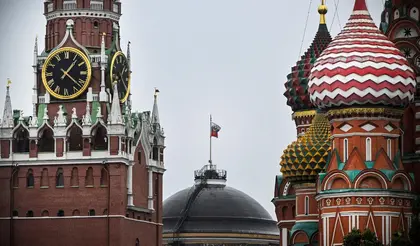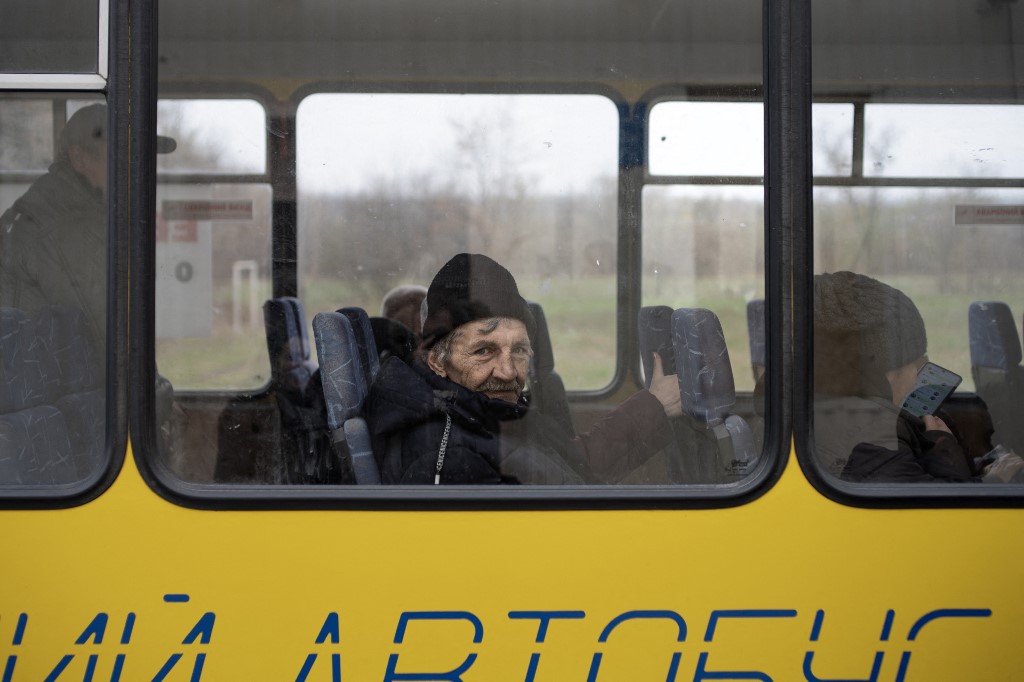An underappreciated aspect of Kyiv’s contribution to global progress is the growing number of new and partly revolutionary Ukrainian cognitive, institutional, and technological advances which can be applied elsewhere.
Before the escalation of the Russo-Ukrainian War in 2022, Kyiv initiated some domestic reforms of potential relevance for the modernization of other transition countries. After the victory of the Euromaidan uprising (or Revolution of Dignity) in February 2014, Ukraine started to fundamentally restructure its state-society relations. This included the creation of several new anti-sleaze institutions, namely a specialized anti-corruption court and procuracy as well as a corruption prevention agency and investigation bureau.
The novelty of these institutions is that they are all exclusively devoted to the preclusion, disclosure and prosecution of bribery. In April 2014, Ukraine started a far-reaching decentralization of its public administration system that led to the country’s thorough municipalization. The reform transferred significant powers, rights, finances, and responsibilities from the regional and national levels to local self-governmental organs of amalgamated communities that have now become major loci of power in Ukraine.
The Euromaidan Revolution also led to a restructuring of relations between governmental and non-governmental organizations. Early independent Ukraine, like other post-Soviet countries, suffered from alienation between civil servants and civic activists. After the Revolution of Dignity, this gap began to close. For instance, Kyiv’s famous “Reanimation Package of Reforms” is a coalition of independent think tanks, research institutes, and NGOs which has been preparing critical new reform legislation for the Verkhovna Rada (Supreme Council), Ukraine’s unicameral national parliament.

Ambitious Ukraine Long-Range Strikes Hit Russian Air Defenses, Refinery, Naval Base
Also in 2014, Ukraine, Moldova and Georgia signed EU Association Agreements of a new and, so far, unique type. The three bilateral mammoth pacts go far beyond older foreign cooperation treaties of the Union and include so-called Deep and Comprehensive Free Trade Areas between the EU and the three countries. The Association Agreements have been, since 2014,gradually integrating the Ukrainian, Moldovan and Georgian economies into the European economy.
How other transition countries can learn from Ukraine
These and other regulatory innovations, largely originating from post-revolutionary Ukraine, have wider normative meaning and larger political potential. They provide reform templates, institutional models, and historical lessons for other current and future transition countries not only in the post-Soviet space.
In fact, Ukraine’s experiences can be useful for various nations shifting from a traditional to a liberal order, from patronal to plural politics, from a closed to an open society, from oligarchy to polyarchy, from centralized to decentralized rule, and from mere cooperation to deeper association with the EU.
While Ukraine’s post-revolutionary developments are, above all, relevant for transition countries, its war-related experiences and innovations are also of interest to other states – not least the members and allies of NATO.
Such diffusion concerns both Ukrainian accumulated knowledge of hybrid threats and how to meet them, as well as Ukraine’s rapid technological and tactical modernization of its military and security forces fighting Russian forces on the battlefield and in the rear.
Rapid and effective military innovations
Since 2014, Ukraine has become – far more so than any other country on earth – a target of Moscow’s multivariate attacks with irregular and regular forces, in the media and cyber spaces, within domestic and international politics, as well as on its infrastructure, economy, and cultural, religious, educational and academic institutions.
Since Feb. 24, 2022, Ukraine has engaged in a dramatic fight for survival against a nominally far superior aggressor country. Ukraine’s government, army and society had to adapt quickly, flexibly and thoroughly to this existential challenge. This included swift introduction of new types and applications of weaponry such as a variety of unmanned flying, swimming and driving vehicles, as well as their operation with the help of artificial intelligence. Using a wide variety of military and dual-use technology, Ukraine had to innovate rapidly and effectively so as to withstand the lethal Russian assault.
In numerous other fields such as electricity generation and preservation, electronic communication, war-time transportation, information verification, emergency medicine, large-scale demining, post-traumatic psychotherapy, or veteran reintegration to name but a few areas, Ukraine’s government and society must continue to react speedily and resolutely.
While Ukraine often relies on foreign experience, equipment and training, at the same time it is constantly developing its own novel kit, approaches, and mechanisms which could potentially be useful elsewhere. This new Ukrainian knowledge and experience will come in especially handy for countries which may be confronted with similar challenges in the near or distant future.
Conclusions
The escalation of the so-called “Ukraine Crisis” in 2022 has been only one example of already earlier and independently accumulating international tension. At the same time, the Russo-Ukrainian War is no trivial manifestation of these larger trends and no peripheral topic in world affairs. A Russian victory over Ukraine would have grave implications not only on the post-Soviet region, but far beyond it. Conversely, a Ukrainian success in its defense against Russia’s genocidal assault and the achievement of a just peace will have stabilizing and innovating effects far beyond Eastern Europe.
Apart from being a revanchist war of a former imperial center against its one-time colony, Russia’s assault on Ukrainian democracy is driven by Russian domestic politics. It is a result of Russia’s re-autocratization since 1999 which, in turn, follows larger regressive trends in the spread of democracy world-wide. Ukraine has been less of a trigger than a major victim of recent destructive international tendencies.
At the same time, Ukraine’s fight can make crucial contributions to counteracting the global spread of revanchism. It can reignite world-wide democratization, and help modernizing, transitional as well as other nations in critical situations. A Ukrainian victory and recovery may save not only Ukraine and its neighbors from Russian imperialism. Ukraine’s fight also contributes to solving numerous larger problems of the world today.
The views expressed are the author’s and not necessarily of Kyiv Post.
Dr. Andreas Umland is an Analyst with the Stockholm Centre for Eastern European Studies at the Swedish Institute of International Affairs (UI). A longer version of this article has been earlier published in "The National Interest."
You can also highlight the text and press Ctrl + Enter






